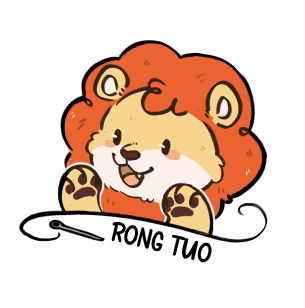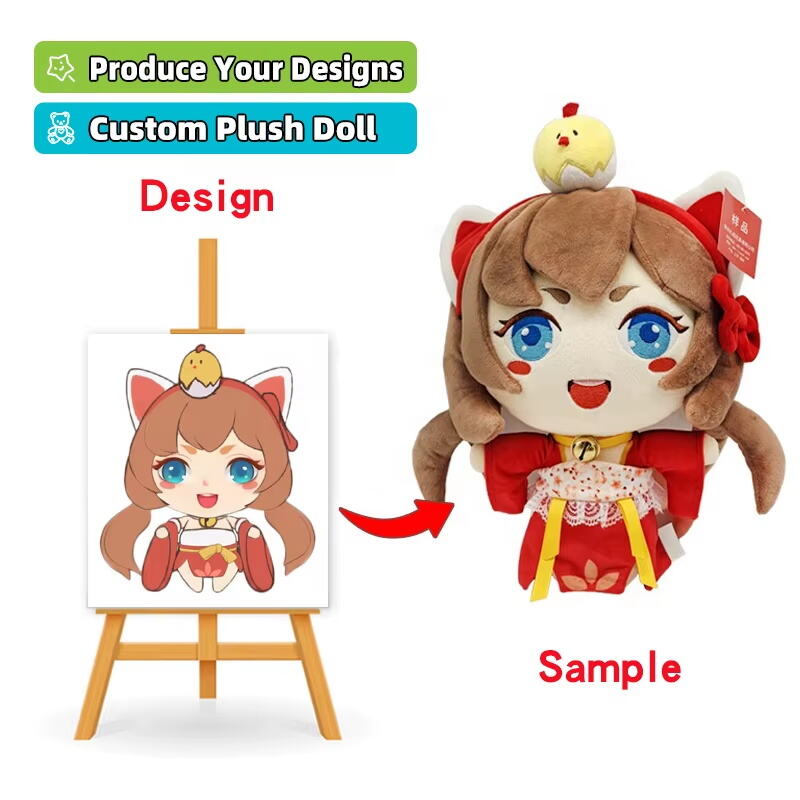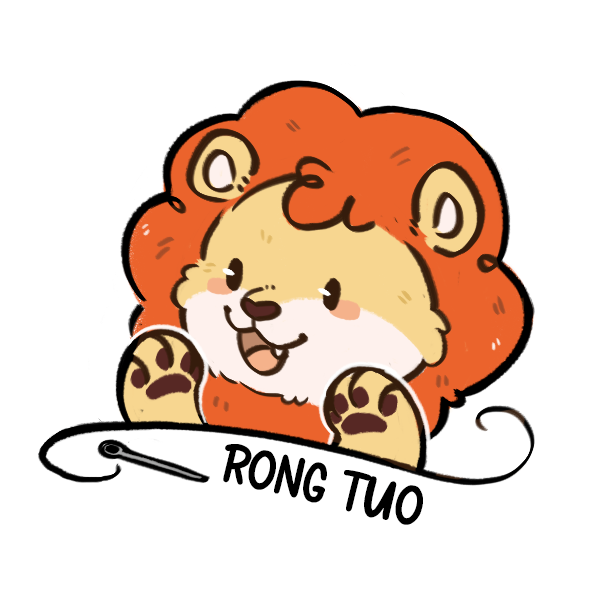The Importance of Choosing Safe Plush Toys for Children
Keeping kids both mentally and physically healthy should be our top priority, and it all begins with picking out safe toys for them, especially those soft plush ones they love so much. These stuffed animals and other plush items tend to become a child's very first friend, offering comfort during tough times and helping little ones reach important developmental stages through things like touching different textures or pretending they're on adventures. But we really need to pay attention to safety here too. While these toys feel great against skin and look super inviting, parents need to make sure they meet all the necessary safety standards before letting kids get attached to them. After all, no one wants anything happening that could cause injury just because a toy wasn't properly checked.
Toy safety matters a lot, especially when we look at the numbers. Child safety groups report plenty of injuries every year that probably wouldn't happen if basic safety rules were followed. Take the US Consumer Product Safety Commission data for instance they found that thousands of kids end up in ERs because of toy accidents each year. All these cases point to something important manufacturers and parents need to pay attention to regular safety testing and following established safety standards makes all the difference whether making toys or buying them for kids.
The materials and ways we build plush toys often come with hidden dangers. Toys with loose bits like sewn on eyes or decorative buttons are especially dangerous for small kids. These parts tend to fall off after some playtime or just weren't attached properly in the first place. Little hands might grab them and put them in mouths without thinking. Parents should look for plushies made with safe, non-toxic fabrics and check that all the stitching holds up well. A good quality control process matters too. When manufacturers test every part thoroughly, it makes sense for everyone involved. Kids stay safer and parents get peace of mind knowing their favorite stuffed animals won't cause any serious problems down the road.
Checking for Safety Certifications on Plush Toys
Parents want their kids safe when playing with stuffed animals, so looking at those little certification marks really matters. There's ASTM F963 out there which basically lays down the rules for how toys should be made, built, and labeled so they don't hurt小朋友. Then we've got EN71 too, those European standards that every toy needs to pass before hitting store shelves across the EU. What do these actually check? Well, manufacturers test if materials might catch fire easily or contain harmful chemicals that could leach out over time. The whole point is to prevent accidents and keep our little ones from getting exposed to dangerous stuff hidden inside their favorite soft toys.
Regulatory agencies are key players when it comes to setting and maintaining product certifications. Take the US Consumer Product Safety Commission (CPSC) for example. They work hard to keep people safe from dangerous products that could cause harm or even be deadly, especially things kids play with like toys. The strict rules they put in place actually cut down on accidents related to different kinds of toys on the market today. When parents see a soft stuffed animal carrying a CPSC certification mark, it gives them peace of mind knowing someone checked that this toy isn't going to hurt their children during normal playtime.
When companies put those safety labels front and center on packaging, it builds real confidence among shoppers about what they're buying for kids. These certifications do more than just show they followed the rules - they actually tell parents something important about how seriously the manufacturer takes little ones' welfare. Most moms and dads will pick out toys that come with some sort of guarantee against hazards, especially when reading online reviews mentions things like sharp edges or small parts. Going for plush toys with proper certification means fewer sleepless nights wondering if that new stuffed animal might somehow hurt the baby during playtime.
Examining Material Labels for Non-Toxic Options
When it comes to picking out materials for stuffed animals, safety should definitely be a top priority for protecting little ones from possible health problems. The best bets tend to be things like organic cotton or fabrics that won't trigger allergies since these materials cut down on skin irritations and usually don't contain those nasty chemicals we all want to avoid. More and more toy makers are starting to jump on this bandwagon too because parents are asking for stuff that's not only safe for babies but also kinder to the planet. It's becoming pretty standard now to see companies marketing their plush toys as non-toxic alternatives, which makes sense given how much time kids spend snuggling with them.
Some materials really need to stay away from kids stuff because they're toxic. Take phthalates and lead for instance. We find these chemicals all over plastic products and paint coatings. They do serious damage to developing bodies and brains, and studies show links to plenty of other health problems too. Parents want to watch out for this stuff in stuffed animals and so do toy makers who care about what goes into their products. When shopping around for soft toys, keep an eye on material lists since what goes into manufacturing matters a lot for little ones' safety.
When checking out what's written on product materials, keep an eye out for words like non-toxic and BPA free. These little tags can tell a lot about what goes into making something. Then there are those certifications too - OEKO TEX and GOTS (which stands for Global Organic Textile Standard). Most people don't realize how much these actually mean when it comes to both safety and being kind to the environment. Knowing what all this means helps parents pick better stuff for their kids. After all, nobody wants their child playing with something that could harm them. And honestly, when families take time to read through these labels, it builds confidence in what's actually sold as safe plush toys around town.
Assessing the Smell and Texture of Plush Toys
Keeping an eye on how plush toys smell and feel matters a lot when it comes to kid safety. If something smells really chemicaly bad, that's usually a red flag. These weird smells often mean there are dangerous stuff inside that shouldn't be there at all, particularly important since kids put these toys in their mouths sometimes. The bad odors typically come from those VOC things manufacturers put in materials during production. Parents should definitely steer clear of these products because breathing them in over time can actually cause serious health problems for little ones.
When it comes to kids' toys, the feel matters just as much as anything else for keeping them safe. Rough or scratchy materials on stuffed animals can really bother little ones' skin, particularly since babies and toddlers have skin that's way thinner and more sensitive compared to grown-ups. Parents often overlook this detail but trust me, nobody wants their kid crying because some fuzzy friend has gotten all scratchy after washing. The best plush toys are those that feel nice and squishy when touched, something that not only protects against irritation but also makes playtime more fun overall. Most manufacturers know this now, which is why so many baby products specifically mention being "skin friendly" on packaging these days.
When picking out plush toys for kids, parents should really use all their senses during the shopping process. Give those stuffed animals a good sniff and run fingers over every part before buying them. This hands-on approach helps spot potential problems early on and ensures what goes home with the child is actually safe. These basic checks go a long way toward keeping little ones healthy, since many plastic smells or rough stitching might indicate something harmful lurking inside those soft exteriors.
Researching Plush Toy Companies for Credibility
Parents looking into plush toy manufacturers need to ask some tough questions about safety if they want to know whether a company is trustworthy. Good ones to start with could be something like, do you source materials from reliable suppliers? Does your manufacturing process involve any toxic substances? How exactly do you test for safety before shipping out products? Getting answers to these kinds of questions gives insight into how seriously a company takes child safety. After all, nobody wants their kids playing with stuff that contains dangerous chemicals or hasn't been properly tested for durability and safety hazards.
Looking at whether a plush toy maker has certifications from recognized safety organizations is actually pretty telling about how trustworthy they are. When companies get certified by groups like ASTM, ANSI, or ISO, it means they've met certain safety requirements that most parents would care about. These certifications aren't just paperwork either - they show the toys went through proper testing before hitting store shelves. Plus, when manufacturers join trade associations focused specifically on child product safety, it speaks volumes about where their priorities lie. Most ethical companies want to make sure kids aren't exposed to harmful materials or poorly constructed products.
Talking directly to manufacturers is helpful, but don't forget to check what other people are saying about them too. Consumer reviews online often point out problems that aren't obvious when looking at product listings. Many parents miss these red flags because they're focused on cute packaging rather than actual safety records. A quick search will show whether the company has faced recalls before or gotten into trouble legally over toy safety issues. Taking time for this kind of research helps families avoid buying plush toys from companies that cut corners. When parents take these extra precautions, kids stay safer playing with their stuffed animals instead of ending up in emergency rooms due to faulty products.
Conclusion: Prioritizing Safety When Selecting Plush Toys
When it comes down to it, keeping plush toys safe means being careful about what we bring home for kids. Parents need to look closely at materials used and check if manufacturers follow proper safety guidelines. Making smart decisions matters because unsafe plush toys really can affect how healthy and happy children feel day to day. Those who put safety first and go with trusted brands aren't just giving their little ones something fun to play with they're actually creating safer spaces where kids can explore and grow without worrying about hidden dangers lurking in soft fabric.
FAQ
What certifications should I look for in plush toys for safety?
Look for certifications like ASTM F963, EN71, and those from the Consumer Product Safety Commission (CPSC) that assure the toy's safety regarding design, construction, and tested for hazards like flammability and toxicity.
How can I ensure the materials in plush toys are non-toxic?
Check material labels for terms such as "non-toxic" and "BPA-free," and look for certifications like "OEKO-TEX" or "GOTS." These indicators help reassure that the toy is safe and ecological.
Why is it important to assess the smell and texture of plush toys?
Assessing smell and texture helps identify harmful substances and ensure the toyâs material is safe for sensitive skin, providing a secure and enjoyable experience for children.
How can I verify the credibility of plush toy companies?
Review the company's safety certifications, industry memberships, consumer reviews, and research their history of safety recalls to verify their dedication to producing safe plush toys.
Table of Contents
- The Importance of Choosing Safe Plush Toys for Children
- Checking for Safety Certifications on Plush Toys
- Examining Material Labels for Non-Toxic Options
- Assessing the Smell and Texture of Plush Toys
- Researching Plush Toy Companies for Credibility
- Conclusion: Prioritizing Safety When Selecting Plush Toys
- FAQ


